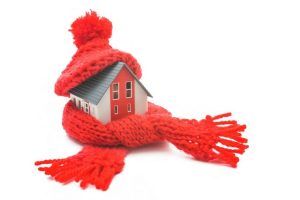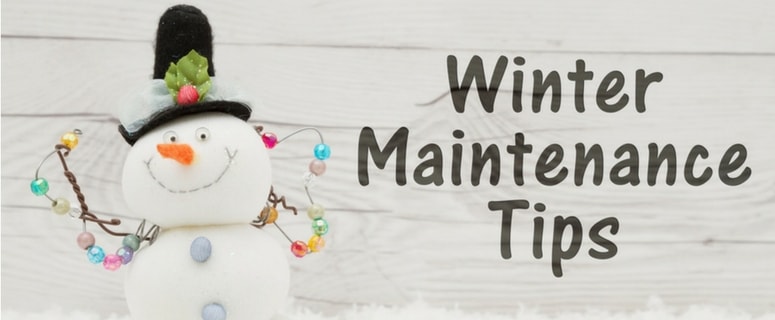Be Prepared For Everything with a Complete Winter Checklist This Year
Another Canadian winter is just on the horizon, and we’re already beginning to feel its effects even now. We’ve got longer nights, cooler, crisper days, and there’s no need to keep the AC on any longer to keep things comfortable in the home.
Many have already switched over to turning on the furnace, and that means that the gas bills are about to start spiking. But if you want to prepare for winter and manage your gas bills better, just look at our checklist and see if you can implement any of these suggestions.
Maintain or Upgrade Insulation & Ventilation

If you’ve ever had damage to your roof that resulted in a leak, that will affect your insulation, which, in turn, affects your rate of heat loss in the home. Check your insulation to see that everything’s still working or even upgrade it, such as blowing cellulose into your walls, to enjoy lower heating bills and increased property value.
But while insulation helps control heat leaks in your home, ventilation is what makes sure your furnace keeps operating efficiently. Have someone inspect your home vents to make sure that they are both clear and clean. Clean vents mean no mold or spores being blown all over the home every time air is circulated. Clear vents mean nothing is preventing that air from flowing where it is supposed to go. This also applies to outdoor fixtures like exhaust and air intake vents. They help maintain high efficiency in your HVAC system.
Check Your Environmental Alarms

It’s important to have both types of alarms in your home, though newer alarms actually perform both duties in one unit. Some even tell you when the battery power is running low, so you know when to replace them.
Carbon monoxide is a particular concern in the winter when we rely on our furnaces more frequently. Mechanical failures like incomplete combustion can allow a furnace to keep warming our homes, while still leaking out carbon monoxide as a side-effect. Because we can’t see or smell carbon monoxide, we only know it’s in a home either through an alarm or from people getting sick.
Buy Bags of De-Icing Salt

The biggest reason for de-icing salt is, of course, to maintain traction. On those days when the temperature heats up in the day but cools down at night, snow can melt, and then re-freeze into ice, making it hard to walk past a home, or even get a car into and out of a driveway thanks to reduced traction. De-icing salt restores that grip!
It can also help your home with any frozen pipes, so make sure to keep your outdoor plumbing in working condition as well and buy some de-icing salt/ sand. Keep this winter in North York, ON under control. Stay safer, warmer and more energy efficient by following the items on this checklist.





